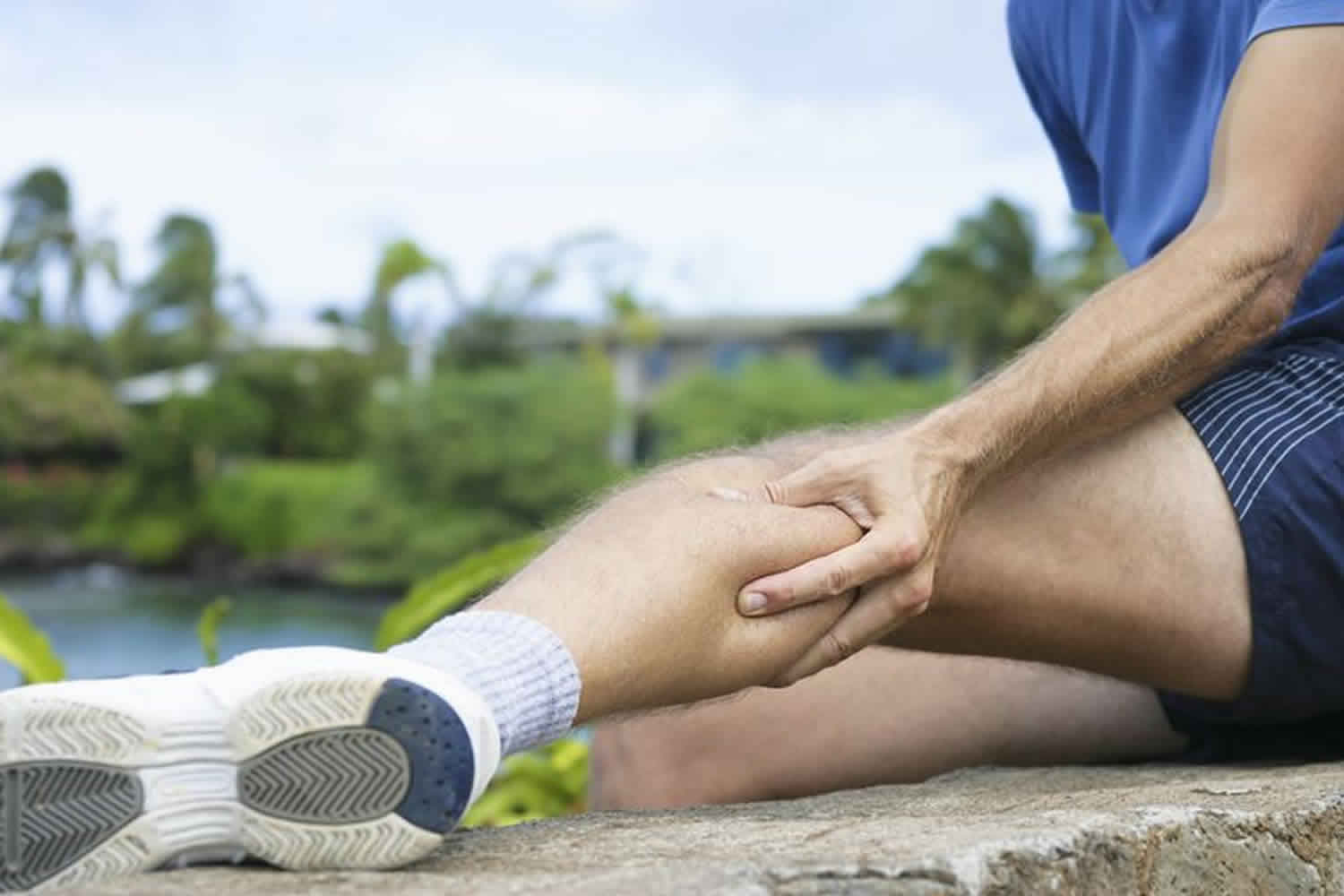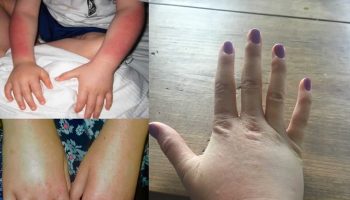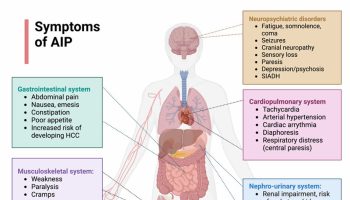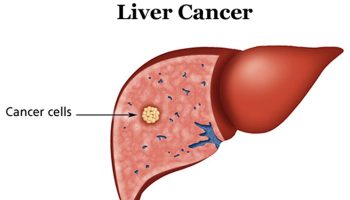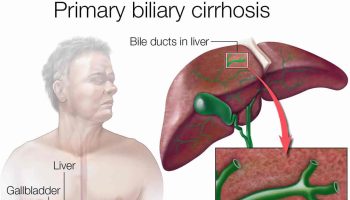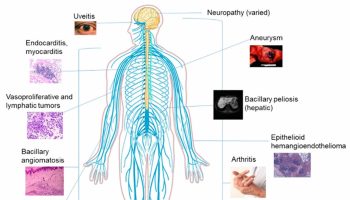What is a Charley horse
A Charley horse is the common name for a muscle spasm or cramp. A muscle cramp is a sudden and involuntary contraction of one or more of your muscles. Charley horse can affect any muscle in your body under your voluntary control (skeletal muscle). Charley horse can involve part or all of a muscle, or several muscles in a group, but often Charley horse happen in your leg. When a muscle is in spasm, it contracts without your control and does not relax. Though generally harmless, Charley horse or muscle cramps can make it temporarily impossible to use the affected muscle or limb.
Charley horse (muscle spasms) in the calf often occur while kicking during swimming or running. Charley horse can also happen at night when you are in bed. Upper leg spasms are more common with running or jumping activities. Spasm in the neck (cervical spine) can be a sign of stress.
The most commonly affected muscle groups are:
- Back of lower leg/calf (gastrocnemius)
- Back of thigh (hamstrings)
- Front of thigh (quadriceps)
Charley horse in the feet, hands, arms, abdomen, and along the rib cage are also very common.
Overuse of a muscle, dehydration, muscle strain or simply holding a position for a prolonged period can cause a Charley horse. In many cases, however, the cause isn’t known.
Although most Charley horse are harmless, some may be related to an underlying medical condition, such as:
- Inadequate blood supply. Narrowing of the arteries that deliver blood to your legs (arteriosclerosis of the extremities) can produce cramp-like pain in your legs and feet while you’re exercising. These cramps usually go away soon after you stop exercising.
- Nerve compression. Compression of nerves in your spine (lumbar stenosis) also can produce cramp-like pain in your legs. The pain usually worsens the longer you walk. Walking in a slightly flexed position — such as you would use when pushing a shopping cart ahead of you — may improve or delay the onset of your symptoms.
- Mineral depletion. Too little potassium, calcium or magnesium in your diet can contribute to leg cramps. Diuretics — medications often prescribed for high blood pressure — also can deplete these minerals.
Long periods of exercise or physical labor, particularly in hot weather, can lead to Charley horse (muscle cramps). Some medications and certain medical conditions also may cause Charley horse. You usually can treat Charley horse at home with self-care measures.
Charley horse remedy
Cramps usually go away on their own without seeing a doctor.
If you have a Charley horse (muscle cramp), these actions may provide relief:
- Stop doing whatever activity triggered the cramp.
- Gently stretch and massage. Stretch the cramped muscle and gently rub it to help it relax. For a calf cramp, put your weight on your cramped leg and bend your knee slightly. If you’re unable to stand, sit on the floor or in a chair with your affected leg extended, holding it in stretched position until the cramp stops. Try pulling the top of your foot on the affected side toward your head while your leg remains in a straightened position. This will also help ease a back thigh (hamstring) cramp. For a front thigh (quadriceps) cramp, use a chair to steady yourself and try pulling your foot on the affected side up toward your buttock.
- Apply heat to tense/tight muscles, or cold to sore/tender muscles. Use a warm towel or heating pad on tense or tight muscles. Taking a warm bath or directing the stream of a hot shower onto the cramped muscle also can help. Alternatively, massaging the cramped muscle with ice may relieve pain.
Although most Charley horse are benign, sometimes they can indicate a serious medical condition.
See your doctor if cramps are severe, happen frequently, respond poorly to simple treatments, or are not related to obvious causes like strenuous exercise. You could have problems with circulation, nerves, metabolism, hormones, medications, or nutrition.
Muscle cramps may be a part of many conditions that range from minor to severe, such as:
- Lou Gehrig’s disease (amyotrophic lateral sclerosis),
- Spinal nerve irritation or compression (radiculopathy),
- Hardening of the arteries,
- Narrowing of the spinal canal (stenosis),
- Thyroid disease,
- Chronic infections, and
- Cirrhosis of the liver.
How long does a Charley horse last?
A Charley horse (muscle cramp) can last a few seconds to 15 minutes or longer. Charley horse (muscle cramp) might recur multiple times before it goes away.
What causes a Charley horse
Although the exact cause of Charley horse (muscle spasms) is unknown (idiopathic), some researchers believe inadequate stretching and muscle fatigue (holding a position for a prolonged period) leads to abnormalities in the mechanisms that control muscle contraction. Other factors may also be involved, including poor conditioning, exercising or working in intense heat, dehydration and depletion of salt and minerals (electrolytes). Things that might bring on a muscle spasm include:
- Exercising when you have not had enough fluids (you’re dehydrated).
- Having low levels of minerals such as potassium or calcium.
Some Charley horse (muscle spasms) occur because the nerve that connects to a muscle is irritated. One example is when a herniated disk irritates the spinal nerves and causes pain and spasm in the back muscles.
Inadequate Stretching and Muscle Fatigue
Muscles are bundles of fibers that contract and expand to produce movement. A regular program of stretching lengthens muscle fibers so they can contract and tighten more vigorously when you exercise. When your body is poorly conditioned, you are more likely to experience muscle fatigue, which can alter spinal neural reflex activity. Overexertion depletes a muscle’s oxygen supply, leading to build up of waste product and spasm. When a cramp begins, the spinal cord stimulates the muscle to keep contracting.
Heat, Dehydration, and Electrolyte Depletion
Muscle cramps are more likely when you exercise in hot weather because sweat drains your body’s fluids, salt and minerals (i.e., potassium, magnesium and calcium). Loss of these nutrients may also cause a muscle to spasm.
Risk factors for Charley horse
Some people are predisposed to Charley horse and get them regularly with any physical exertion.
Those at greatest risk for cramps and other ailments related to excess heat include infants and young children, and people over age 65. Older people lose muscle mass, so the remaining muscle can get overstressed more easily. Other factors that put people at greater risk for muscle cramp include:
- Being ill or overweight
- Overexerting during work or exercise
- Taking certain medications
- Dehydration. Athletes who become fatigued and dehydrated while participating in warm-weather sports frequently develop muscle cramps.
- Pregnancy. Muscle cramps also are common during pregnancy.
- Medical conditions. You might be at higher risk of muscle cramps if you have diabetes, or nerve, liver or thyroid disorders.
Charley horse are very common among endurance athletes, such as marathon runners and triathletes, and older people who perform strenuous physical activities.
- Athletes are more likely to get cramps in the preseason when the body is not conditioned and therefore more subject to fatigue. Cramps often develop near the end of intense or prolonged exercise, or 4 to 6 hours later.
- Older people are more susceptible to muscle cramps due to normal muscle loss (atrophy) that begins in the mid-40s and accelerates with inactivity. As you age, your muscles cannot work as hard or as quickly as they used to. The body also loses some of its sense of thirst and its ability to sense and respond to changes in temperature.
Charley horse symptoms
Muscle cramps range in intensity from a slight tic to agonizing pain. A cramping muscle may feel hard to the touch and/or appear visibly distorted or twitch beneath the skin. A cramp can last a few seconds to 15 minutes or longer. It might recur multiple times before it goes away.
Charley horse prevention
To avoid future cramps, work toward better overall fitness. Do regular flexibility exercises before and after you work out to stretch muscle groups most prone to cramping. Stretch before and after you use any muscle for an extended period. If you tend to have leg cramps at night, stretch before bedtime. Light exercise, such as riding a stationary bicycle for a few minutes before bedtime, also may help prevent cramps while you’re sleeping.
Avoid dehydration
Drink plenty of liquids every day. The amount depends on what you eat, your sex, your level of activity, the weather, your health, your age and medications you take. Fluids help your muscles contract and relax and keep muscle cells hydrated and less irritable. During activity, replenish fluids at regular intervals, and continue drinking water or other fluids after you’re finished.
Warm Up
Always warm up before stretching. Good examples of warm-up activities are slowly running in place or walking briskly for a few minutes.
Calf Muscle Stretch
Lean forward against a wall with one leg in front of the other. Straighten your back leg and press your heel into the floor. Your front knee is bent. Hold for 15 to 30 seconds.
Do: Keep both heels flat on the floor. Point the toes of your back foot toward the heel of your front foot.
Hamstring Muscle Stretch
Sit up tall with both legs extended straight in front of you. Your feet are neutral — not pointed or flexed. Place your palms on the floor and slide your hands toward your ankles. Hold for 30 seconds.
Do: Keep your chest open and back long. Reach from your hips. Stop sliding your palms forward when you feel the stretch.
Do not: Round your back or try to bring your nose to your knees. Do not lock your knees.
Quadriceps Muscle Stretch
Hold on to a wall or the back of a chair for balance. Lift one foot and bring your heel up toward your buttocks. Grasp your ankle with your hand and pull your heel closer to your body. Hold the stretch for 30 seconds.
Do: Keep your knees close together. Stop bringing your heel closer when you feel the stretch.
Do not: Arch or twist your back.
Hold each stretch briefly, then release. Never stretch to the point of pain.
Charley horse treatment
Stop your activity and try stretching and massaging the affected muscle at the first sign of a spasm.
Heat will relax the muscle at first. Ice may be helpful after the first spasm and when the pain has improved.
If the muscle is still sore after heat and ice, you can use nonsteroidal anti-inflammatory medicines to help with pain. In more severe cases, your health care provider can prescribe antispasm medicines.
After you get treated, your provider should look for the cause of the spasm so that it doesn’t happen again. If an irritated nerve is involved, you might need physical therapy or even surgery.
Drinking water or sports drinks when exercising can help ease cramps due to dehydration. If drinking water alone is not enough, salt tablets or sports drinks may help replace minerals in your body.
What to take for muscle cramps
Quinine sulfate and its derivatives have been the mainstay of therapy for idiopathic muscle cramps 1. However, they are associated with adverse effects ranging from bitter taste and cinchonism (headache and tinnitus) to hematologic abnormalities such as hemolytic uremic syndrome, thrombotic thrombocytopenic purpura, disseminated intravascular coagulation, and bleeding diathesis 1. In 2006, the U.S. Food and Drug Administration (FDA) warned against the off-label use of quinine sulfate and its derivatives for muscle cramps, leaving physicians with a difficult choice in selecting a treatment regimen for patients with muscle cramps. The American Academy of Neurology (AAN) recommends that quinine derivatives, although likely effective, not be used routinely in these patients. These agents should be considered only when cramps are disabling and after other pharmacologic therapies have been attempted. Patients must be informed of the potential for serious adverse effects, and should be monitored carefully.
Tonic water contains variable amounts of quinine derivatives. Although there are case reports about its effectiveness in the treatment of muscle cramps, the American Academy of Neurology found insufficient data to make a recommendation for or against its use 1.
This 2015 Cochrane review 2 addresses the safety and effectiveness of quinine for muscle cramps and includes 23 studies comparing quinine to various agents: placebo, vitamin E, a combination of quinine and vitamin E, a combination of quinine and theophylline, and xylocaine injection. Dosages of quinine ranged from 200 to 500 mg, divided, once or twice daily. Thirteen studies were pooled to compare quinine vs. placebo with respect to the number of cramps over a two-week period (n = 952). Patients taking quinine had 2.5 fewer cramps than those taking placebo 2. Likewise, in seven studies (n = 666), those who took quinine also had decreased cramp intensity, but this difference does not meet the usual criteria for a minimal clinically important difference. In seven studies (n = 842), quinine also decreased the number of days with cramps in two weeks. There was no difference in duration of muscle cramps. Patients taking quinine had more minor adverse effects, including gastrointestinal distress and tinnitus. There was no significant difference in major adverse effects. One participant suffered from thrombocytopenia (0.12% risk) on quinine.
There was no statistically significant difference between quinine and vitamin E with respect to number of cramps, intensity or duration of cramps, or adverse effects, although patients taking quinine had a reduction in number of days with cramps when compared with vitamin E. When quinine was compared with a quinine/vitamin E combination, there was no difference in number of cramps, intensity or duration of cramps, number of days with cramps, or adverse effects. The quinine/theophylline combination was found to be more effective than quinine alone on multiple measures, but these results are based on a single pharmaceutical-sponsored study of 164 patients. In another small study of 24 patients, xylocaine injection was found to provide better relief than quinine four weeks after the cessation of treatment.
Cochrane review authors’ conclusions
There is low quality evidence that quinine (200 mg to 500 mg daily) significantly reduces cramp number and cramp days and moderate quality evidence that quinine reduces cramp intensity. There is moderate quality evidence that with use up to 60 days, the incidence of serious adverse events is not significantly greater than for placebo in the identified trials, but because serious adverse events can be rarely fatal, in some countries prescription of quinine is severely restricted.
Evidence from single trials suggests that theophylline combined with quinine improves cramps more than quinine alone, and the effects of xylocaine injections into gastrocnemius are not significantly different to quinine across all outcomes. Low or moderate quality evidence shows no significant difference between quinine and vitamin E or quinine and quinine‐vitamin E mixture. Further research into these alternatives, as well other pharmacological and non‐pharmacological treatments, is thus warranted.
There is no evidence to judge optimal dosage or duration of quinine treatment. Further studies using different dosages and measurement of serum quinine levels will allow a therapeutic range to be defined for muscle cramp. Because serious adverse events are not common, large population studies are required to more accurately inform incidence. Longer lengths of follow‐up in future trials will help determine the duration of action following cessation of quinine as well as long‐term adverse events. The search for new therapies, pharmacological and nonpharmacological, should continue and further trials should compare vitamin E, quinine‐vitamin E combination, and quinine‐theophylline mixture with quinine.
Quinine is available for malaria treatment in the United States and is still readily available for leg cramps in many parts of the world. Tonic water is one good source of quinine; 1 L of tonic water contains approximately 60 to 70 mg of quinine 3. Quinine remains part of the National Health System formulary in Great Britain and is available in brand-name and generic forms in Canada. Physicians should encourage patients to follow the American Academy of Neurology guidelines, which recommend that patients with disabling cramps try nonpharmacologic treatments first and reserve quinine for use only after other agents have failed 4.
Class 2 studies have shown that the calcium channel blocker diltiazem (Cardizem) and vitamin B complex may be effective for the treatment of muscle cramps 1. Although no serious adverse effects were reported, minor adverse effects included lightheadedness, nausea, and abdominal discomfort in participants taking vitamin B complex. Magnesium citrate and magnesium sulfate did not notably improve the number of cramps, and were associated with abdominal discomfort and diarrhea.
Several other medications have been used in clinical practice to manage muscle cramps, including the anticonvulsants gabapentin (Neurontin), carbamazepine (Tegretol), and oxcarbazepine (Trileptal). Patients also may try various over-the-counter and nonpharmacologic therapies (e.g., hydration, stretching exercises) before prescription treatment. However, there is little evidence to support the use of any of these therapies 1.
Charley horse prognosis
Muscle spasms will get better with rest and time. The outlook is excellent for most people. Learning how to exercise properly with the right training and enough fluid intake can prevent spasms from occurring regularly.
You might need other treatments if an irritated nerve caused the spasm. Results from these treatments can vary.
- Symptomatic Treatment for Muscle Cramps. Am Fam Physician. 2010 Sep 1;82(5):540. https://www.aafp.org/afp/2010/0901/p540.html[↩][↩][↩][↩][↩]
- El‐Tawil S, Al Musa T, Valli H, Lunn MPT, Brassington R, El‐Tawil T, Weber M. Quinine for muscle cramps. Cochrane Database of Systematic Reviews 2015, Issue 4. Art. No.: CD005044. DOI: 10.1002/14651858.CD005044.pub3. https://www.cochranelibrary.com/cdsr/doi/10.1002/14651858.CD005044.pub3/full[↩][↩]
- Ohira A, Yamaguchi S, Miyagi T, et al. Fixed eruption due to quinine in tonic water: a case report with high-performance liquid chromatography and ultraviolet A analyses. J Dermatol. 2013;40(8):629–631.[↩]
- Katzberg HD, Khan AH, So YT. Assessment: symptomatic treatment for muscle cramps (an evidence-based review): report of the therapeutics and technology assessment subcommittee of the American Academy of Neurology. Neurology. 2010;74(8):691–696.[↩]
